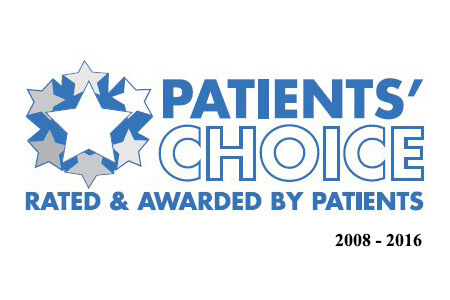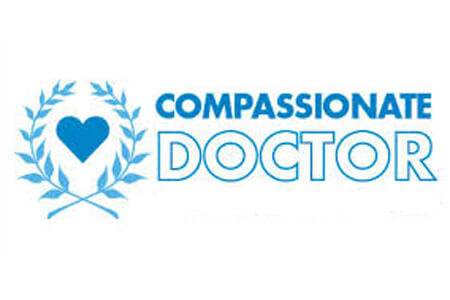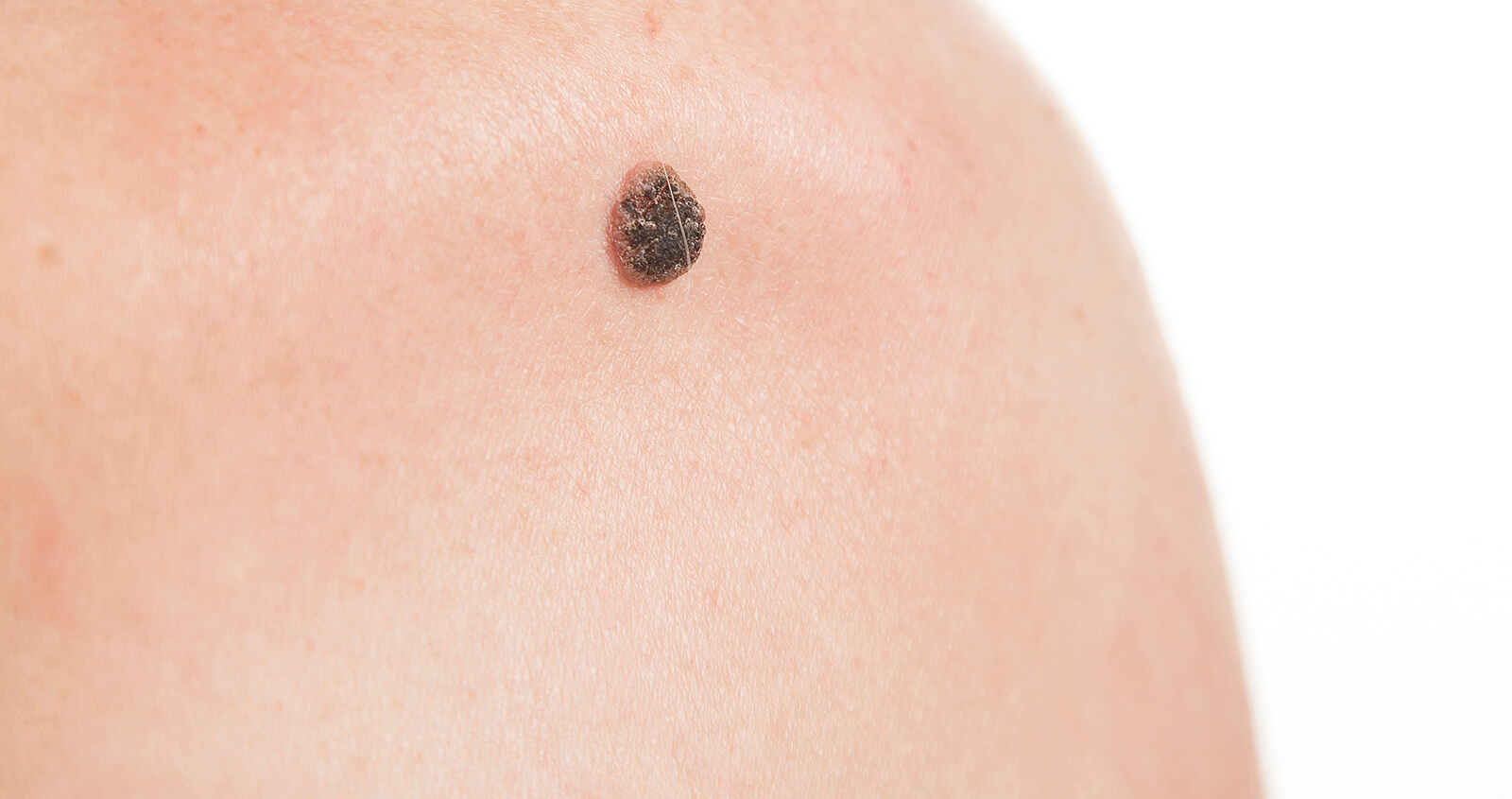Effective treatment options for warts in New York, NY
Warts are very common skin growths and can affect both adults and children alike. Once a wart has formed, it can be difficult to eliminate, so patients often come to SkinProvement Dermatology New York asking Dr. Stephen L. Comite for advice on how to get rid of warts.
How do warts form?
Warts are a type of benign (non-cancerous/non-malignant) skin growth that forms due to a viral infection in the outermost layer of skin. Specifically, viruses that are part of the human papillomavirus (HPV) family are what cause warts.
You are at a higher risk of getting the HPV virus when you get a cut on your skin or damage it in some way. This is why children tend to get more warts than adults, and when they form in adults, they are often in areas that people shave regularly, such women’s legs or men’s beards.
Often warts spread by simple touch—for instance, if you walk barefoot near a pool, you are more likely to develop warts on the foot. You can also spread warts from one location on your body to another by touching them. However, our dermatologist did research that shows it is unlikely for warts elsewhere to spread to the groin and vice versa.
The HPV viruses that cause warts are contagious. This means that viral warts can be spread to another person through contact with the wart, or even by touching an object that has touched the wart, like a towel.
Signs and symptoms of warts
Warts can have a variety of appearances, and can sometimes take a few months from when they start growing to become large enough for you to detect:
- They are often the color of skin, but can also be dark brown or gray/black in color
- They typically feel rough, but can also be smooth or flat
There are several different wart types. The type is determined by where the wart has developed on the body and what it looks like.
Common warts (verruca vulgaris)
These warts are usually small and grainy, and:
- Typically form on the hands—on the fingers, on the back of the hand, and around the nails
- Are more common where skin was wounded or broken, such as from picking at hangnails or biting fingernails
- Can contain black dots in the wart that look like seeds; these spots are usually the blood vessels supplying the blood to help the wart grow
- Frequently feel like rough bumps
If you see a wart on your or your child’s face, you should check your or your child’s hands for warts. Because warts are contagious, warts on the hands can cause warts on the face to form after touching the face or biting nails.
Foot warts (plantar warts)
Foot warts or plantar warts are named as such because they grow on the feet. They:
- Most often grow on the sole of the foot (the plantar surface)
- Can form clusters of warts (“mosaic warts”)
- Can cause pain or irritation, similar to the feeling of a pebble in your shoe
- Often grow inward or are flat due to the pressure created from walking, which causes inward growth
- Can contain dark-colored dots from the blood vessels containing the wart’s blood supply
- Are contagious and can spread
Flat warts
This type of wart is most common in children and young adults. They are also called “juvenile warts” for this reason, and have the following traits:
- Are typically smaller than other warts, are somewhat raised, and have a smooth feeling on top; they may not even be noticeable sometimes
- Tend to grow in groups of large numbers, from 20 to 200 at a time
- Can occur anywhere on the body—children tend to get them on their faces, whereas women usually get them on their legs and men get them in their beard area
Filiform warts
Filiform warts have a distinctive appearance because they are comprised of long, thin thread-like pieces of skin. They:
- Often grow around the eyes, mouth, and nose
- Look like thin fingers or long threads that stick out of the skin
- Frequently grow rapidly
Who gets warts?
While anyone of any age can get warts, some people are more prone to getting the virus that causes warts (HPV) than others. This includes:
- Children and teenagers
- People with a weakened immune system
- People who pick at hangnails or bite their nails
Diagnosis and treatment
If you have an unusual growth on your skin, we recommend that you see a dermatologist. A dermatologist can often determine whether a growth is a wart just by looking at it; however, there are sometimes cases when a skin biopsy needs to be performed to make sure that it is not something else.
If a biopsy is necessary, the dermatologist will remove the wart and then send it to a lab, where a small piece will be examined with a microscope. Biopsies are quick and safe procedures that dermatologists regularly perform.
Treatment for warts on children is typically approached differently than treatment for warts on adults. Warts can sometimes go away without treatment, so in children, this may be recommended even though it can take a long time. If a wart is hurting or bothering the child or seems to be multiplying quickly, then it is usually recommended that the dermatologist treat it.
In adults, warts are less likely to go away on their own, or if they do, it may take quite a long time. Because of this, dermatologists typically treat warts on adults even though they are usually harmless. Home remedies can sometimes help eliminate a wart, but you should see a dermatologist if:• You have a wart that hurts• You cannot get rid of the warts with home treatment• You have many warts
Dermatologists can provide many different types of treatments for warts. The appropriate treatment depends on the type of wart and the individual patient.• Cryotherapy (freezing): For common warts that appear on adults and older children, this is the most common treatment. Freezing a wart off the skin is typically not too painful. It is important to note that it can cause dark spots on the skin in people who have darker complexions, and people frequently need multiple treatments to fully remove the wart.• Cantharidin: Warts can be treated by a dermatologist by “painting” it with a substance called cantharidin. This substance causes a blister to form beneath the wart, which causes the wart to ide. About a week after the cantharidin is applied, you return to the dermatologist’s office and they cut away the dead wart.• Electrosurgery and/or curettage: Electrosurgery, or burning the wart, is often used for filiform warts, plantar warts, and common warts. Curettage is a process where the wart is scraped off with a sharp knife or a spoon-shaped tool. These two procedures can be done individually but are often are performed together for better results.• Topical medications: Our dermatologist has arranged for specially compounded topical medications that have shown to be helpful in treating warts.
Sometimes, warts are harder to treat and need different therapies to be fully eliminated. When this happens, the dermatologist may use one of the following treatments:• Chemical peels: When someone has flat warts, they usually have many warts that make treatments such as cryotherapy or curettage less feasible. Instead, dermatologists frequently prescribe “peeling” methods to eliminate these warts. This means the patient applies a peeling medicine to the wart daily at home until the warts are gone. The most common peeling medications for warts include salicylic acid (we can prescribe a formulation that is stronger than what you can buy over the counter), tretinoin, and glycolic acid.• Laser treatment: For warts that have not responded to other treatments, laser therapy is an option. For your comfort, before treating the area with the laser, we will likely numb it with a local anesthetic injection. Our office has extra expertise in anesthetic procedures• Bleomycin: This is an anti-cancer medicine that can be injected into a wart to eradicate it. The injection itself can be uncomfortable, but our dermatologist has expertise in minimizing the discomfort involved here. Bleomycin injections can have unwanted side effects, such as the loss of your nail if the wart is on a finger.• Immune boosters: Sometimes we try oral medication to help boost your immune system so it can fight the viral infection causing the wart.Some warts can be especially difficult to treat, especially if they belong to certain virus types, and can take months or longer to resolve. If you smoke, it can prolong the warts, so quitting smoking is advised.
Our dermatologist is experienced and has written multiple papers about methods to minimize discomfort during wart treatment.
Outcome
Unfortunately, there is no cure available for the HPV virus, which means that warts can return at any time–in either the same spot or a new location on your body.
It can sometimes seem like new warts grow as soon as you eliminate an old one. Typically, this happens because the old wart sheds cells from the virus into the skin before you treat the wart, which then causes new warts to grow around the original wart. To prevent this from happening, the best option is to see us t as soon as new warts appear.
Tips for managing warts at home
There are many remedies that you can find at your local grocery store or drug store, or even home remedies that you can find on the internet. Many people try these first to see if they can eliminate a wart. Often, what happens is that the wart goes away, but these treatments are not as strong as what a dermatologist can prescribe, so the wart may come back quickly. More concerning, however, is that in some cases, a skin growth that is mistaken for a wart can actually be something else, such as a skin cancer that looks like a wart.
You should see our dermatologist when you have:
- Any question about whether the growth is a wart or something else
- Many warts growing on your body
- A wart on your face or genitals
- Warts that bleed, itch, hurt, or burn—or any other bothersome symptoms
- If your wart is affecting your daily activities such as if they interfere with any sports
- A weakened immune system
- Diabetes – never attempt to remove any wart on your foot if you have diabetes; if you accidentally burn or cut your skin, it can cause long-lasting damage to the nerves in the foot
At-home remedies
If you want to try an at-home remedy for your wart, you can use the following:
- Salicylic acid: This medication is available over the counter and can be used to treat warts at home. For the best results, you should first soak the wart in warm water, and then apply the salicylic acid daily. This treatment is rarely painful, but if the skin around the wart or the wart itself begins to feel sore, you should stop the treatment for a short period. Sometimes it takes several weeks of treating a wart with salicylic acid to see results.
- Other remedies: There are many folk remedies and other at-home remedies for warts that can you find online, such as hypnosis.. While some home remedies can’t cause any harm, they may just delay effective treatment. Because warts can go away on their own without any treatment, it can be difficult to determine whether a certain treatment worked, or the wart just happened to go away.
Preventing warts
Dermatologists recommend the following tips to prevent warts from spreading:
- Avoid going barefoot around pools, in locker rooms, and in public showers; wear flip-flops or sandals instead
- Never touch someone else’s wart
- Do not pick or scratch at warts
- If you can’t help picking or scratching, cover the wart with a bandaid or duct tape
- If you have a wart on your foot, keep it dry (moisture tends to help warts spread)
- Stop smoking
Call us for an appointment
If you are unsure about whether to treat a wart and what the best method for doing so is, the best thing to do is ask your dermatologist. Call SkinProvement Dermatology New York today at (212) 933-9490 to schedule an appointment.





















